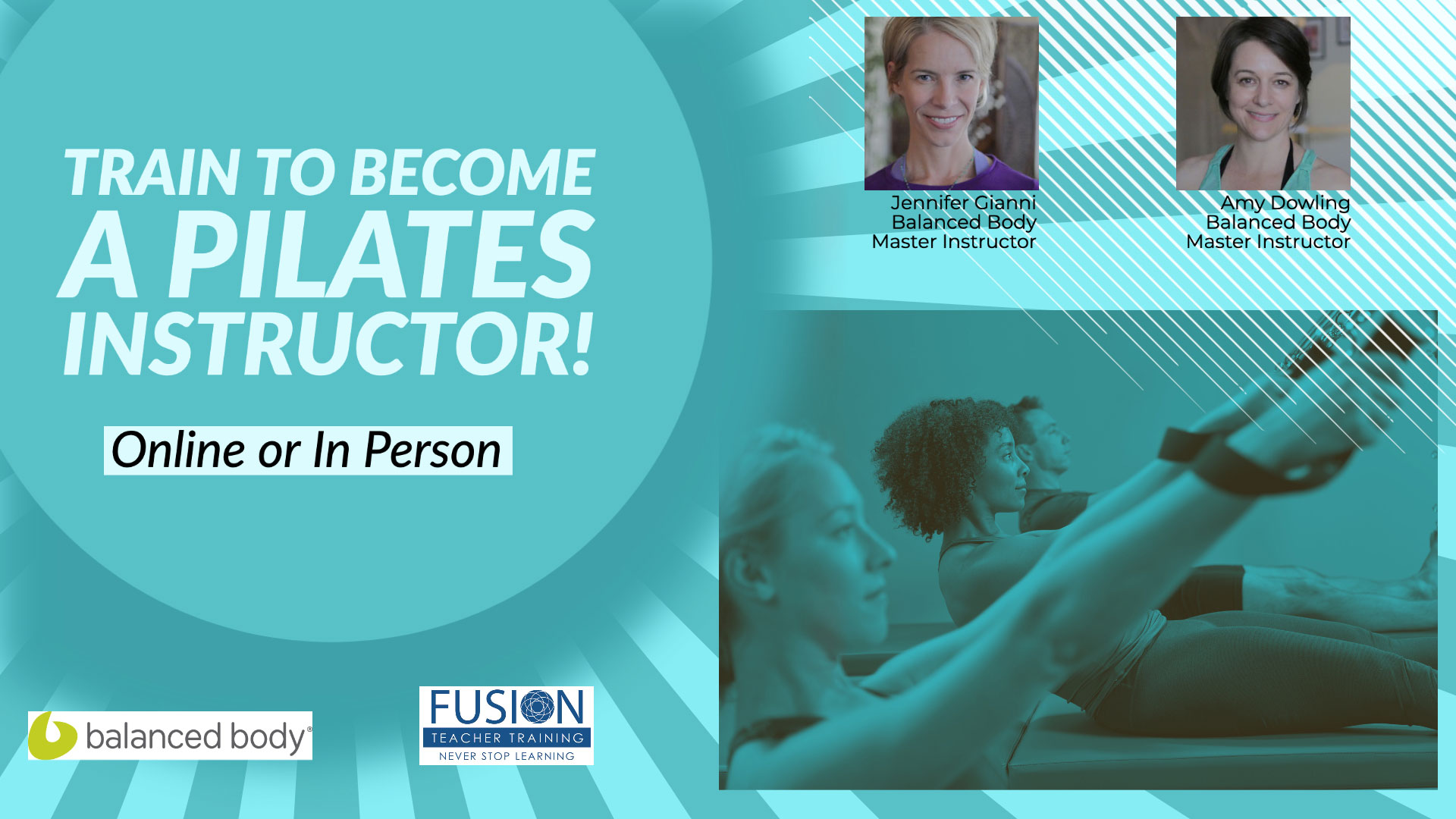
As Pilates teachers, we need to be able to mirror back the body’s true center during exercises. Our clients rely on us for this. But we can also teach them to learn to find their center themselves. When a client has a hard time feeling where she is in space, a visual cue is quite helpful. That is where the equipment comes in. And in this particular exercise, the foot bar is the main tool for spacial alignment. Starting with a baseline diagnostic is a great way to get your clients to clearly see their habitual movement pattern. Taking them into and then out of that alignment is challenging and informative. The more times your clients do this, the smaller and more subtle their adjustments will have to be to find the center of the bar!
Thanks for watching!
For props and equipment, please visit our Store. Leave us your comments below!




Leave A Reply (6 comments So Far)
Please - comments only. All Pilates questions should be asked in the Forum. All support questions should be asked at Support.
You must be logged in to post a comment.
I like this concept, thanks for sharing.
Wonderful idea! What are some good ideas on the reformer or to give as homework for my clients that have a difficult time keeping their knees at the same height when returning the carriage?
Thank you for always giving new and creative ideas!
Susan
Great – will try this. Any special hints when the imbalance seems to be coming from the sacrum and hips etc area, such that even knee height (for sitting or lying on this or other) is way off ??
The painful hip (left) side is the one with the high knee … but the other side (though it works a little better) is very tight and smaller.
:/
Mary … thanks
Hi ladies! So glad you are enjoying!
Susan, many times very tight lower legs and feet, as well as tight hips are the culprit of many a leg misalignment! Have your clients do regular release work in this area so you have more room within their connective tissue to play within. Then when they come to class they are primed and can take cues like “knee caps looking at the ceiling” and the like. You can also play with an overall that is inflated about 1/4 full under the sacrum while doing footwork and have them balance their pelvis equally on the ball. This should help with a hip hike inclination!
Mary! Sounds to me like a case of a lateral divination of the spine (scoliosis). Lots of release work again should be used in either case because both hips are dysfunctional. Pay special attention to left lateral hip as well as right inter thigh. Also, slightly prop the right hip in supine footwork to help bring the left hip to the carriage and see how that goes!
Thanks for writing in ladies!!
Love,
Casey Marie
Thanks Casey,
Do you have any advice or indication of a height or range for propping a hip like that (my right one)?
Or would it be regular and fine to experiment with different levels. Just wondering if there is ‘a usual’ … that I should consider.
Thank you
Mary
Hey Mary! Why don’t you try a hand towel and fold it as many times as you need. You will know the correct thickness is achieved when you place it under the hip and the ASIS bones are in line with each other and parallel with the flat bed of the carriage.
Good Luck!
Casey Marie